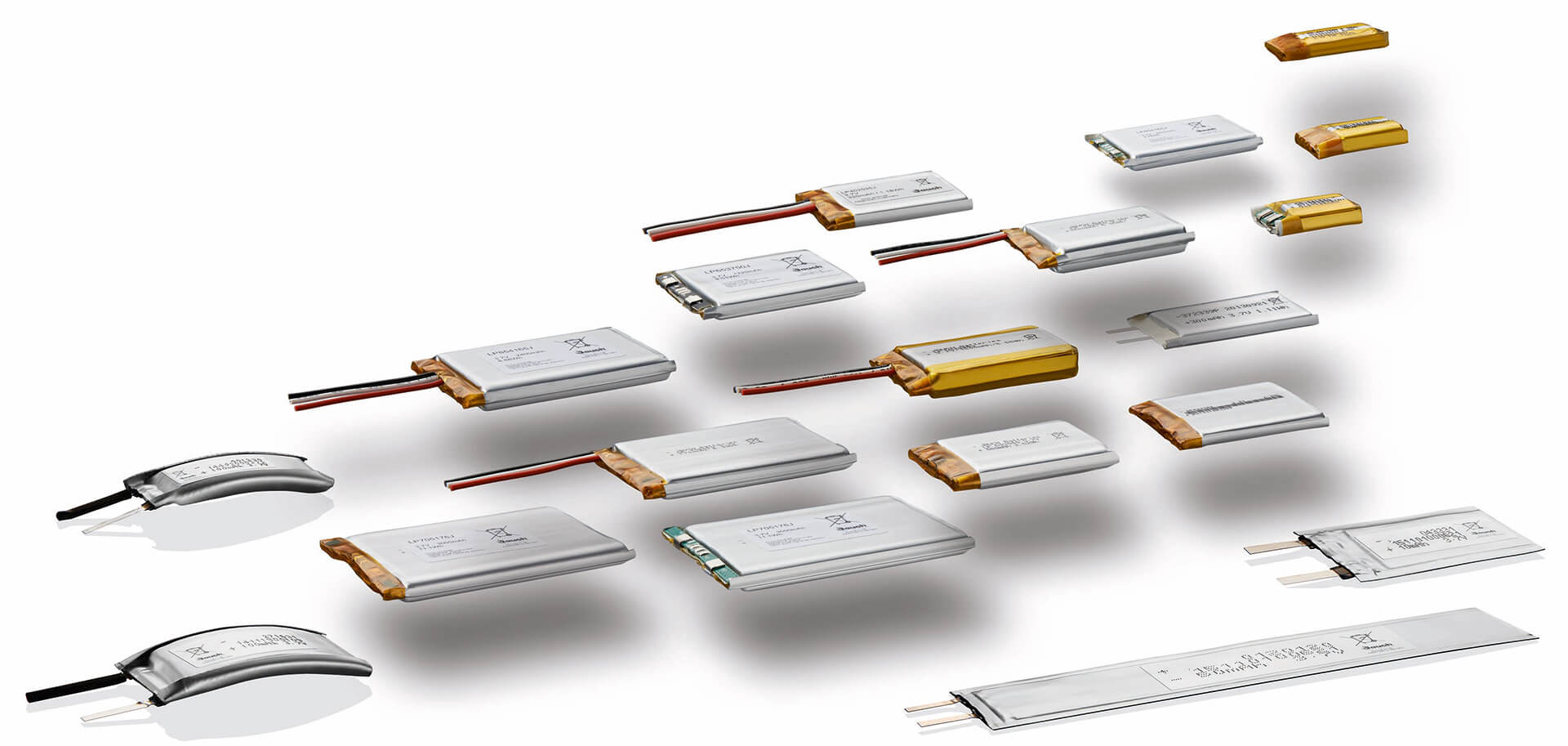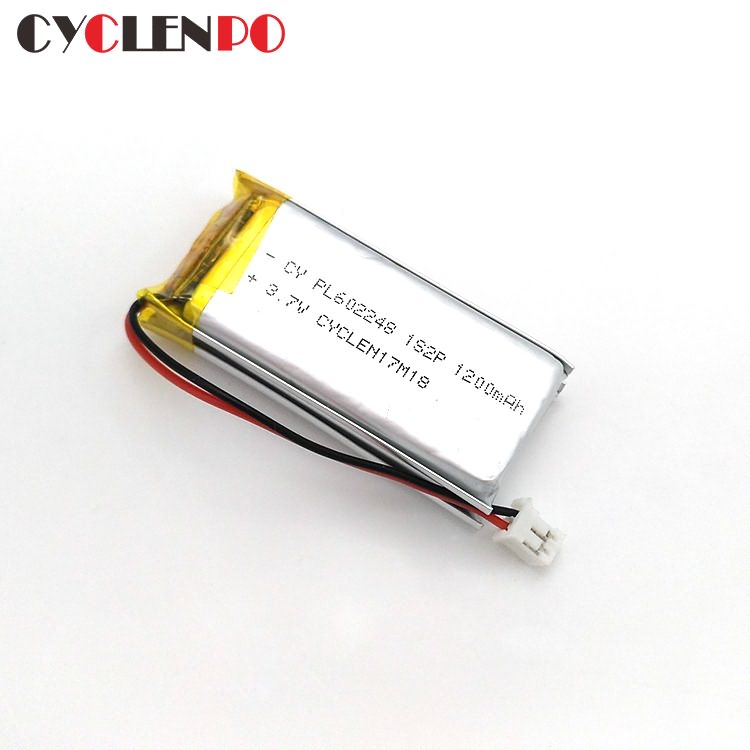

This excess oxygen is part of what causes a battery swell. This forms lithium oxide on the anode and cathode (depending whether you are charging or discharging).īut what you also end up with is excess oxygen that doesn’t adhere to the anode or cathode.

So in a lipo battery, as the electrolyte breaks down you end up with lithium and oxygen. The electrolyte is a chemical inside the battery that allows charged ions to flow from the anode to the cathode during discharge (and the other way during charging).Įlectrolyte decomposition is what happens when that electrolyte chemically breaks down. The cathode and the anode are the positive and negative terminals on your battery. Simply put, a battery is made of three things: the anode, the cathode and the electrolyte. The electrolyte decomposition occurs even faster if you overdischarge a battery or overheat a battery. Even if you don’t abuse your battery, the normal everyday use of your battery will generate gas through a process called electrolyte decomposition.

Gas generation in lithium ion batteries is a normal thing. That doesn’t mean that every battery that is puffed is going to explode as soon as you use it but it does mean that a high enough percentage of them are going to be dangerous that it isn’t worth the risk. Seriously, there are so many examples of puffed batteries that start on fire that this shouldn’t even be a question. This post is all about what causes that swelling and what to do when it happens to one of your lipos. Anybody who uses lipos will eventually encounter a puffy or swollen battery.Īnd the first question that inevitably comes up is “What should I do?”


 0 kommentar(er)
0 kommentar(er)
